Crucial: the intended use
Whether a quad, UTV or ATV is used professionally in agriculture or forestry, is used more for recreational purposes or mainly used on the road, is decisive for the tyre selection. It is true that there are a number of all-round treads for the compact vehicles. However, no manufacturer has yet developed an all-purpose solution for quads & co. Thus, a pure forestry tyre that performs well off the forest trails may give the rider a good shake on the road at high speeds.
Here are a few basic considerations:
False economy costs operating hours
In the small tyre segment, top treads from quality manufacturers cost only a little more than the basic brands from low-cost suppliers.
If you don't only look at price, you'll get quality treads for your ATV, UTV and quad that can provide significantly more hours of service relative to the extra cost.
Balancing tyres? Depends on the manufacturer!
Many quality differences are directly related to the manufacturer’s know-how. Brands like Maxxis and Kenda, which design treads for faster vehicles like cars in addition to ATV, UTV and quad tyres, have a clear advantage. Usually, their tyres do not need to be balanced when they are changed. For all other tyre companies, more or less extensive readjustment is needed.
UTV: Pay attention to the load capacity!
UTVs in particular are often driven with a high payload in tough everyday use. Accordingly, the tyres must also be designed for high payloads. Background: the smaller UTV tyres are run at lower internal pressures than the larger tyres on other vehicles.
Drivers of a UTV can, therefore, hardly control the load capacity of their tyres via tyre pressure. That is why tyres for UTVs must not only be constructed very solidly - they must also be designed for exactly the load capacities and speeds stated in the vehicle registration document.
Crucial: the intended use
Whether a quad, UTV or ATV is used professionally in agriculture or forestry, is used more for recreational purposes or mainly used on the road, is decisive for the tyre selection. It is true that there are a number of all-round treads for the compact vehicles. However, no manufacturer has yet developed an all-purpose solution for quads & co. Thus, a pure forestry tyre that performs well off the forest trails may give the rider a good shake on the road at high speeds.
Here are a few basic considerations:
False economy costs operating hours
In the small tyre segment, top treads from quality manufacturers cost only a little more than the basic brands from low-cost suppliers.
If you don't only look at price, you'll get quality treads for your ATV, UTV and quad that can provide significantly more hours of service relative to the extra cost.
Balancing tyres? Depends on the manufacturer!
Many quality differences are directly related to the manufacturer’s know-how. Brands like Maxxis and Kenda, which design treads for faster vehicles like cars in addition to ATV, UTV and quad tyres, have a clear advantage. Usually, their tyres do not need to be balanced when they are changed. For all other tyre companies, more or less extensive readjustment is needed.
UTV: Pay attention to the load capacity!
UTVs in particular are often driven with a high payload in tough everyday use. Accordingly, the tyres must also be designed for high payloads. Background: the smaller UTV tyres are run at lower internal pressures than the larger tyres on other vehicles.
Drivers of a UTV can, therefore, hardly control the load capacity of their tyres via tyre pressure. That is why tyres for UTVs must not only be constructed very solidly - they must also be designed for exactly the load capacities and speeds stated in the vehicle registration document.

![[Translate to English:] [Translate to English:]](/fileadmin/_processed_/7/2/csm_Werkstatttipp_ATV_Quad_b052a3bb15.jpg)
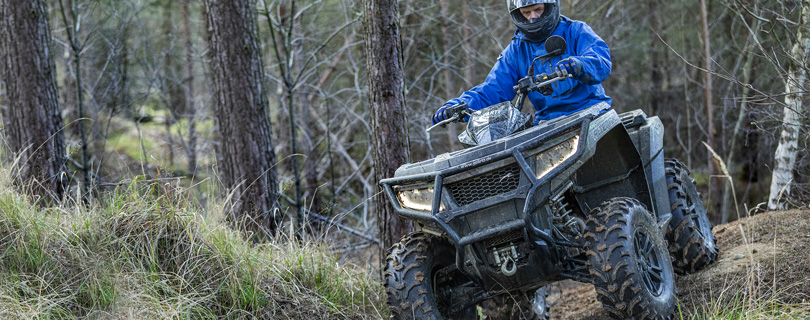
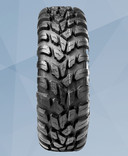
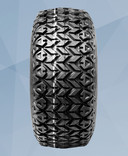
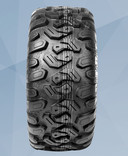
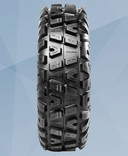
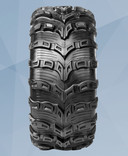
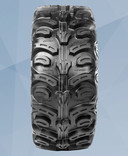
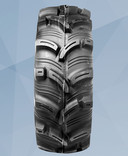
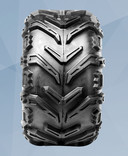
![[Translate to English:] Bohnenkamp AG](/fileadmin/_processed_/e/3/csm_Forsteinsatz_832a53778c.jpg)
![[Translate to English:] Bohnenkamp AG](/fileadmin/_processed_/c/f/csm_UTV_9d288aa1d5.jpg)